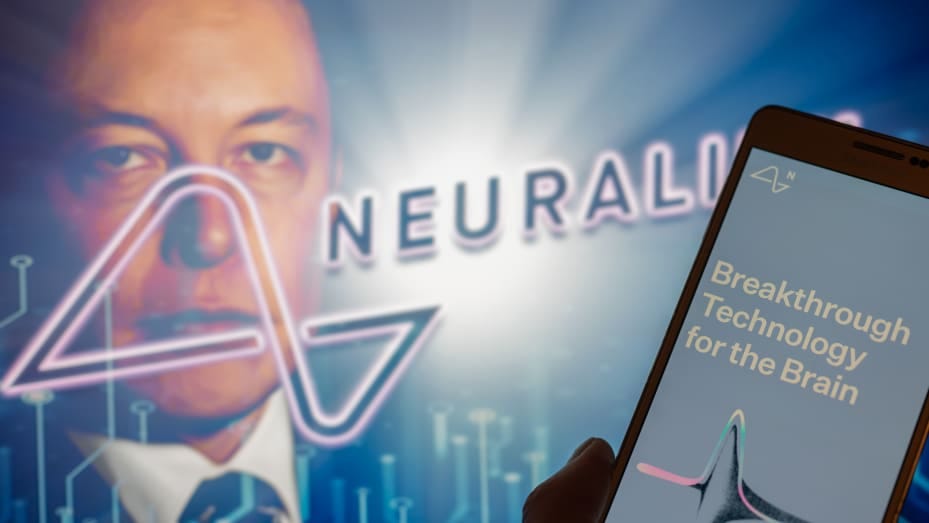Neuralink Patient #2 Soon: Elon Musk
Musk announces an upcoming Neuralink brain implant soon, despite complications with the first patient.
Introduction to Neuralink's Next Phase
The Promise of Brain-Computer Interfaces
Elon Musk's brain technology venture, Neuralink, is at the forefront of developing brain-computer interfaces (BCIs) which aim to revolutionize the way humans interact with technology. Musk announced during his video livestream on Wednesday, July 10, that Neuralink plans to implant its brain-computer interface in a second human patient soon. This move comes despite some challenges faced with the initial human trial, which aimed to employ cutting-edge paralysis-control technology to enhance the quality of life for individuals with severe physical disabilities.
Challenges and Progress in Neuralink's Journey
Overcoming Initial Setbacks
Neuralink's first foray into human trials did not go as smoothly as anticipated. The implant, which consisted of numerous tiny threads connected to electrodes, was designed to capture a wide array of neural signals. However, it was reported that only about 15% of these channels were operational post-surgery. Despite these complications, the patient was able to engage in digital activities such as watching videos and playing games, demonstrating the potential of even a partially functional BCI.
Technological Enhancements and Safety Measures
In response to the initial setbacks, Neuralink has not shied away from innovation. Changes are being implemented to improve the stability and functionality of the implants. Adjustments include modifying the skull's surface to better support the implant and exploring varying thread insertion depths to prevent retraction—a problem noted in the first implant. These enhancements underscore Neuralink's commitment to refining its technology amidst ongoing challenges.
The Broader Impact and Ethical Considerations
The Future of Neurotechnology
As Neuralink pushes forward, its advancements could have profound implications not only for individuals with mobility impairments but also for the broader scope of human interaction with machines. Musk's vision extends to enabling the operation of devices like the Tesla Optimus robot via thought alone and even facilitating a new form of human/AI symbiosis.
Ethical and Regulatory Landscape
With great technological power comes great responsibility. Neuralink continues to navigate complex ethical waters, particularly concerning the treatment of animal subjects in preliminary research. Moreover, all BCIs, including Neuralink’s, must undergo rigorous scrutiny and approval from regulatory bodies like the U.S. Food and Drug Administration (FDA), ensuring that patient safety remains a top priority as this technology evolves.
In Summary: Neuralink's Aspirational Horizon
Looking to a Future Interfaced with Technology
While the road ahead is fraught with technical and ethical challenges, the potential benefits of Neuralink's technology could redefine human capabilities. The vision of restoring and enhancing human functions through advanced BCIs could well be worth the hurdles that lie in the path to achieving it. As Neuralink prepares for its next patient implant, the world watches with bated breath, anticipating the next chapter in the convergence of human cognition and machine intelligence.






